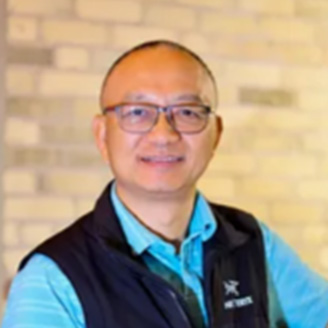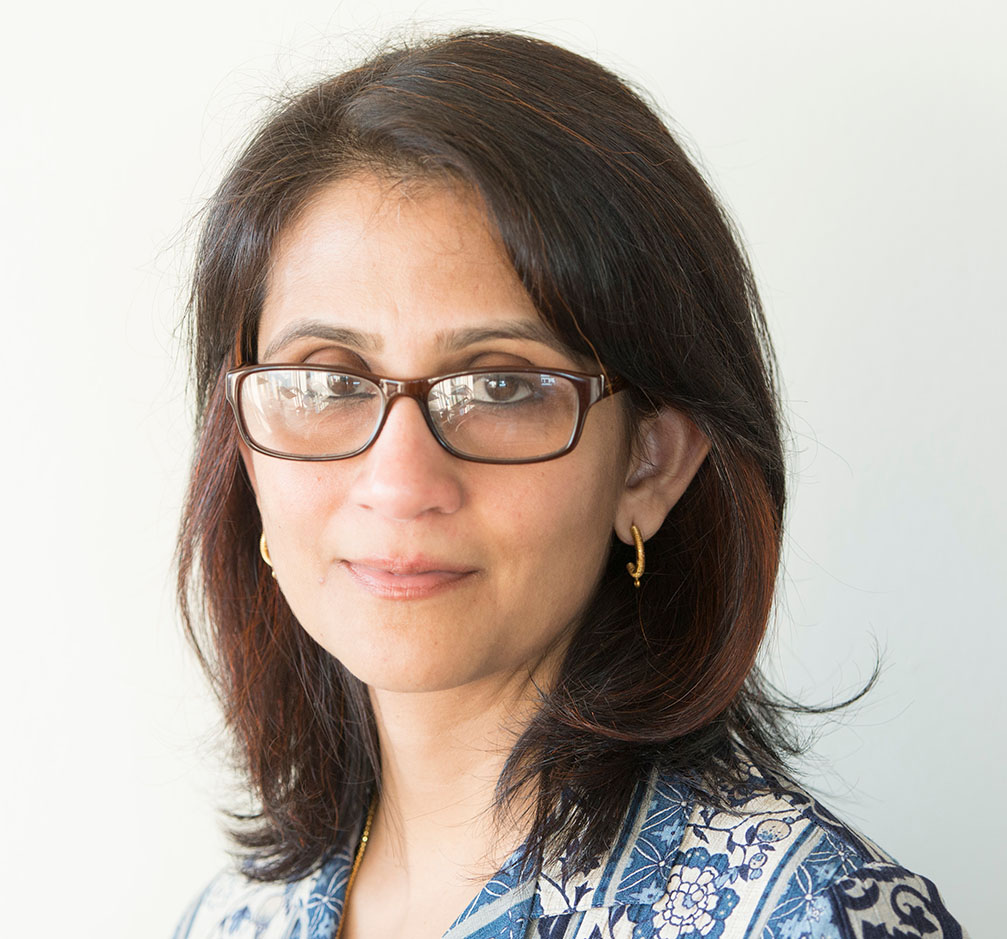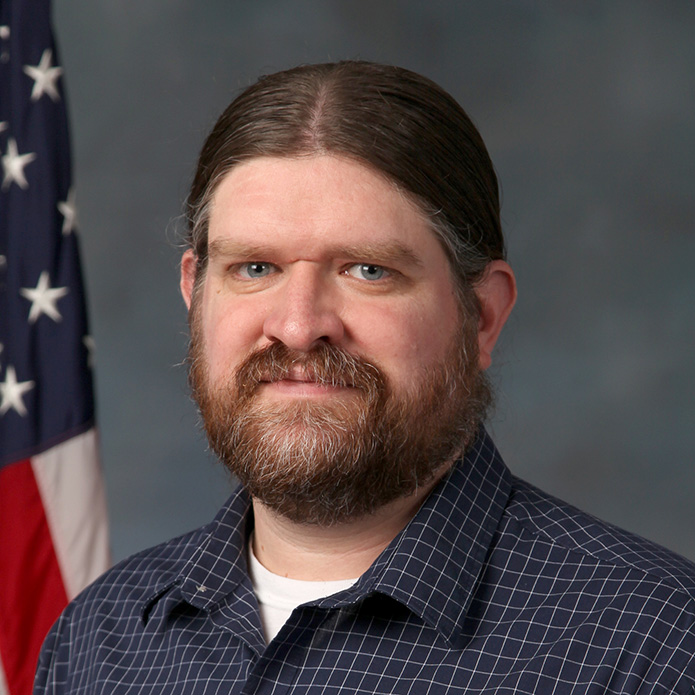23-28 July 2023 • Portland, Oregon, USA
23-28 July 2023 • Portland, Oregon, USA
IEEE AP-S/URSI 2023
23-28 July 2023 • Portland, Oregon, USA

Dr. Yihong Qi
There exists a gap between theoretical EM research and real-world practical antenna/EM engineering. On one hand, a lot of papers and Ph.D theses have not shown practical value and a good percentage of the work may never be used. On another hand, practical engineers are fighting day to day engineering challenges using simulation tools, try and error tactics. When the engineers finish the project, they are moving to the next one. They must use their after-work hours to write a paper. it is not uncommon that the engineering findings are not allowed to be published due to its IP sensitivity. In this talk, modern smart phone antennas and over the air testing developments are showcased as examples to illustrate teamwork at its best results in a synergy that can be very productive.
Yihong Qi is an engineer, scientist, inventor, entrepreneur and adjunct professor. He is President and Chief scientist of General Test Systems. He is the founder of five hi-tech companies, including multi-billion dollar company Sunway communications. Together with his companies, he won several CES awards from 2019 to 2022. From 1995 to 2010, he was with Research In Motion (Blackberry) as director of advanced Electromagnetic research.
Dr. Qi is an inventor of more than 500 published and pending patents. He has published 150 academic papers. He is Distinguished Lecturer of IEEE Antenna and Propagation Society. He is a Fellow of Canadian Academy of Engineering, Fellow of National Academy of Inventors, Fellow of IEEE.
IEEE AP-S Industrial Initiatives Committee
IEEE AP-S Membership and Benefits Committee

Prof. Monisha Ghosh
Professor, Electrical Engineering
University of Notre Dame
As deployments of 5G (in sub-6 GHz and mmWave) and W-Fi 6E/7 (in sub-7 GHz) mature, it is becoming increasingly clear that the next generation of terrestrial broadband networks will require additional frequency bands to operate in order to sustain the continuing demand for data connectivity. The 7 - 24 GHz bands are largely allocated to federal, satellite and scientific uses today, but the Federal Communications Commission (FCC) has begun explorations of how some of these bands could be shared or repurposed. This talk will discuss the latest activities in a number of spectrum bands, such as the 12 GHz band, and the co-channel and adjacent channel challenges faced when repurposing frequencies for new applications. These new bands offer fresh research opportunities for academics in RF front-ends, antennas and propagation studies.
Monisha Ghosh is a Professor of Electrical Engineering at the University of Notre Dame and a member of the Notre Dame Wireless Institute. She is also the Policy Outreach Director for SpectrumX, the first NSF Center for Spectrum Innovation and the co-chair of the FCC’s Technological Advisory Council (TAC) Working Group on Advanced Spectrum Sharing. Her research interests are in the development of next generation wireless systems: cellular, Wi-Fi and IoT, with an emphasis on spectrum sharing and coexistence and applications of machine learning to improve network performance. Prior to joining the University of Notre Dame in 2022, she was the Chief Technology Officer at the Federal Communications Commission, a Program Director at the National Science Foundation, Research Professor at the University of Chicago and spent 24 years in industry research at Bell Labs, Philips Research and Interdigital working on a wide variety of wireless systems: HDTV, Wi-Fi, TV White Spaces and cellular. She obtained her B.Tech from IIT Kharagpur in 1986 and Ph.D. from USC in 1991. She is a Fellow of the IEEE.

Mr. R. Todd Parris
Principal Research Electronics Engineer
Air Force Research Laboratory, Space Vehicles Directorate
The landscape of technologies that bring space systems into our daily lives is advancing at a rapid pace, and space is shifting from the domain of traditionally large and expensive commercial and government systems, into a domain with many new commercial and national participants. The economics of systems in space is changing rapidly too, creating many new opportunities, a new competitive landscape, and new challenges. In this new environment, space communication systems and space-based positioning, navigation, and timing (PNT) systems underpin and support major parts of the current and emerging space economy and national security interests. This talk will discuss the changing landscape in space, and how we are thinking about, and addressing, modern space challenges at AFRL, with a focus on communication and space-based navigation systems.
Todd Parris is the Space Communications and Position, Navigation, and Timing Mission Lead at the Space Vehicles Directorate of the Air Force Research Laboratory. He is currently fostering research activities across space communications and space PNT, including several ongoing and upcoming space flight experiments, and research collaborations with industry and academic partners. His research interests include understanding propagation through natural and disturbed environments, including ionospheric impacts and terrestrial weather impacts to RF systems, with an emphasis on sensing, modelling, specification and mitigation. Todd has been working in RF systems and signal processing for 25 years, starting with development and testing of antennas and frequency selective surfaces for commercial and military applications. He has developed and deployed radar systems around the world for measuring and monitoring near-earth plasmas, has a long background in array signal processing techniques, and now focuses on space communication systems, space networking, and PNT technologies. In his time at AFRL he has developed many different RF sensor systems for military ISR, communications, and PNT applications, and has led programs and projects in space environment sensing and modelling, propagation modelling and analysis, mitigation and exploitation, impacts specification, waveform design, and space flight experiments to test and demonstrate related space technologies.